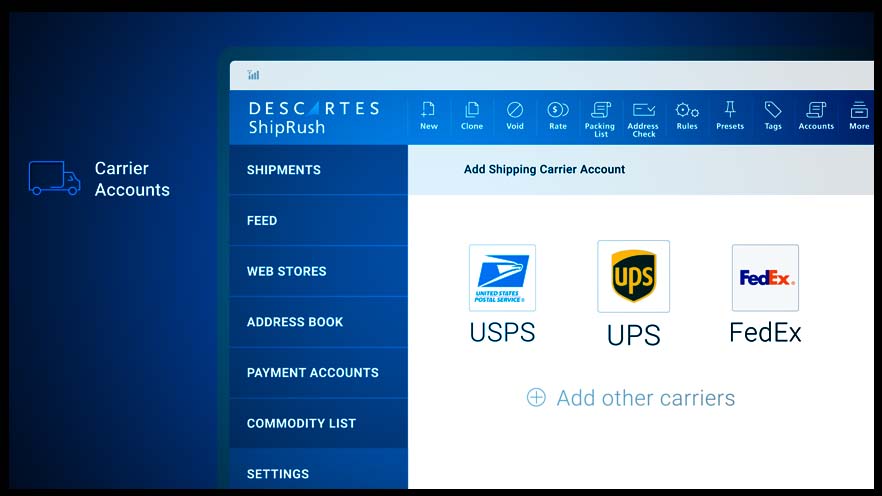As this year’s peak season begins, many traditional ecommerce third-party logistics service providers (3PL) are busy fulfilling business-to-business (B2B) orders. However, with more than 20 percent of holiday sales tied to consumer-related ecommerce, leading 3PLs are also exploring the potential of business-to-consumer (B2C) order fulfillment services.
At a practical level, direct to consumer fulfillment is not the same as B2B. Smaller shipments, differing contract periods, and contrasting warehouse designs make these two sectors unique. Just like B2B ecommerce, the B2C market is composed of a range of industries, company types, and brands.
Working in cooperation with the B2C fulfillment experts Manuel Unkel and Thomas Finke, Descartes has developed a guide to help 3PLs enter direct-to-consumer ecommerce. Filled with practical, real-world advice, analysis, and infographics, the digest covers how to effectively expand into B2C fulfillment and what to look for in the right warehouse management solution (WMS).
Register to download the whitepaper, “How to Enter the B2C Ecommerce Market as a 3PL/Fulfillment Provider”
3PLs, Ecommerce and Effective Market Entry
3PLs joining the ecommerce market must perform proper due-diligence before market entry. They must choose which industries to serve, what size retailers to target, maximize any previous market experience, evaluate the capabilities of current warehouse space, and more.
Depending on existing warehouse capacity or current capabilities, it may make more sense to enter B2C ecommerce in one industry versus another. Take the clothing industry, for example. Clothing-oriented 3PLs may need to store a variety of sizes and colors. This may mean additional labor and warehouse space for effective fulfillment. In contrast, industries such as food may have more stringent safety and storage requirements. 3PLs in this sector may need to factor-in shelf-life and cold chain warehouse temperature capabilities.
The type of brand or company size is another factor to consider prior to B2C market entry. Larger brands, for example, often have customized Electronic Data Interchange (EDI) or system-to-system connectivity requirements. In contrast, smaller brands may be less technologically adept, which could mean added data entry for the 3PL.
The business stage or model of a retailer can also present unique opportunities and challenges for the 3PL. Classic pure players with steady growth may have reached capacity limits with their existing logistics provider. In contrast, B2C ecommerce retail start-ups may have logistics-related bottlenecks that limit current growth. Each of these scenarios presents a unique opportunity for a 3PL to fill a void and maximize profit.The Ecommerce 'Musts' for Successful Order Fulfillment
What services to offer are of key importance to the 3PL B2C fulfiller. For example, the 3PL needs to explore whether to offer the following:
- Inventory management
- Warehousing
- Shipment processing such as order picking, packing, packaging and shipping
- Returns management
- Debtor management and payments
- IT technology and shop operation
- Marketing and photo studios
- End customer service
- Cross-Border Shipping

How Descartes Can Help
High consumer expectations are a primary challenge for 3PLs in the B2C space. With leading retailers following Amazon’s example of providing cheaper, faster, and more diverse delivery options, 3PLs must have a specialized WMS in place to keep pace with these needs. Descartes offers a world-class ecommerce-enabled WMS solution that can automate logistics processes, scale to adjust to seasonal fluctuations, and reduce costs.
Our solution features:
- Chaotic stock management with Mobile Data Entry (MDE) and bar-code based goods receipt, picking, and shipping
- Streamlined returns handling
- Standard integrations with sales channels including Magento, Shopify, Channel Advisor, and more
- Flexible integration with other internal systems such as SAP and NetSuite through web services
Contact us to discover how Descartes can help you maximize the potential of the B2C ecommerce.
Register to download the whitepaper, “How to Enter the B2C E-commerce Market as a 3PL/Fulfillment Provider”.

